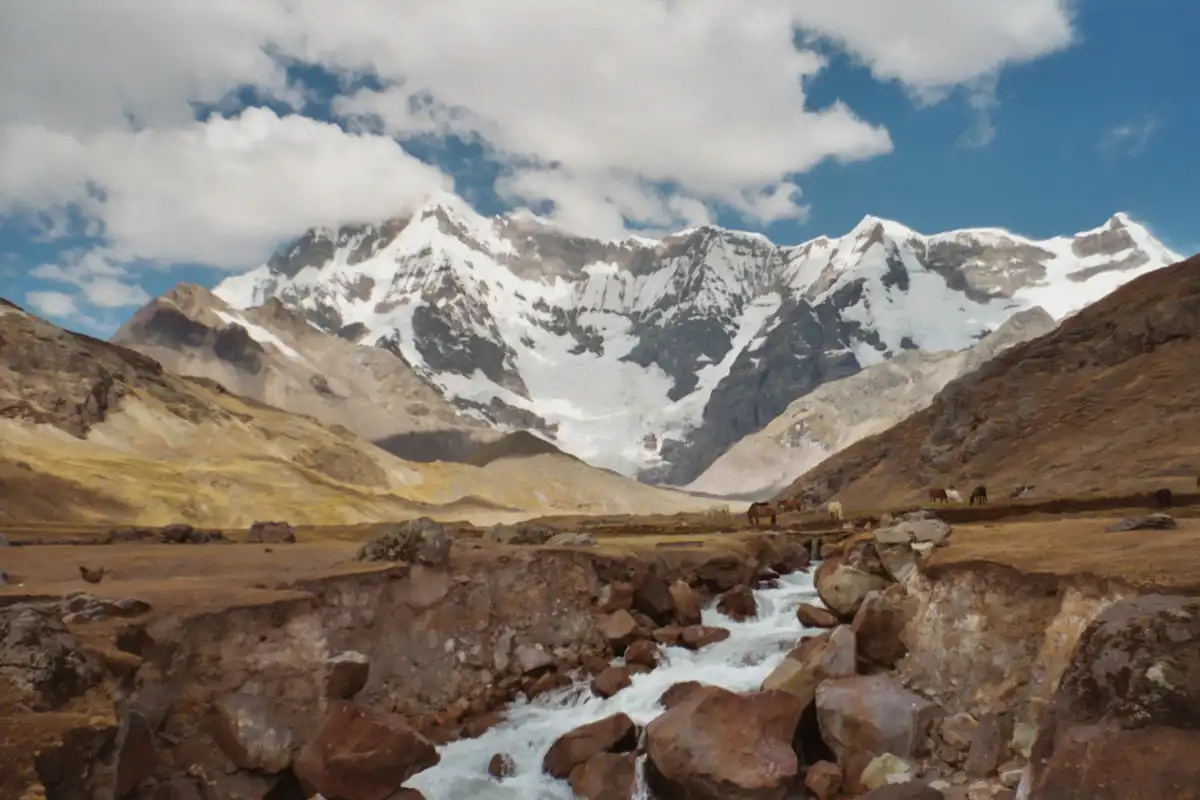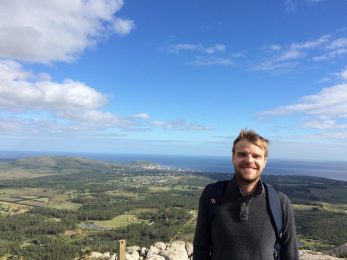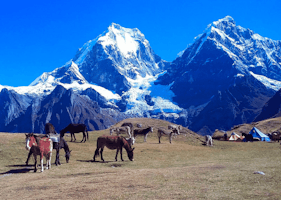The Ausangate trek is a 70-kilometer looping hike through some of the most beautiful scenery and highest peaks of the Peruvian Andes.
Over the course of roughly one week, you will hike through some of the wildest and most remote areas in Peru. Along the way you will pass over mountain ridges, descend into alpine valleys, hike along the shores of glacial lakes and explore native Peruvian villages.
You will also get to see snow-capped peaks, ancient glaciers, some of Peru’s most rare and exotic wildlife and the stunning Rainbow Mountains of Vinicunca as you go. A number of guides also add the option of visiting Machu Picchu to the end of the trek, allowing you to cross yet another iconic site off of your bucket list.
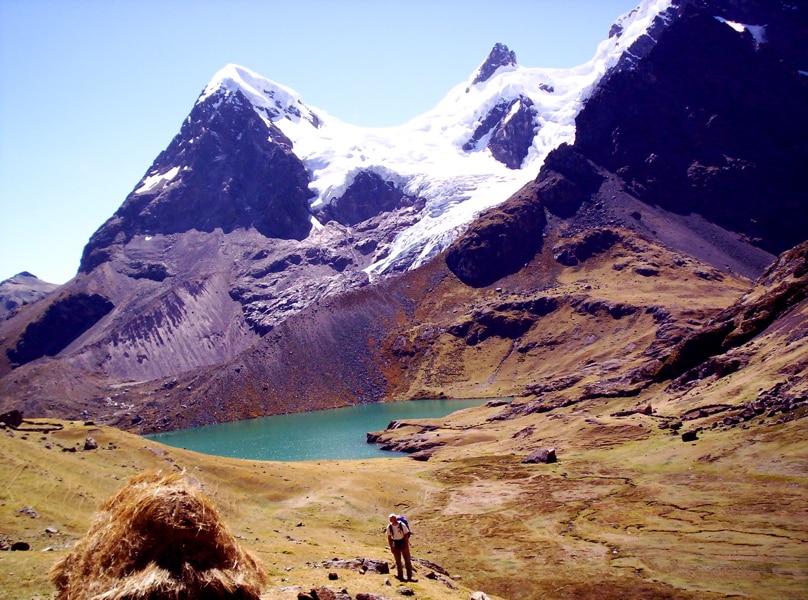
Here are 8 tips for you to consider before you start planning for this once-in-a-lifetime mountaineering adventure!
1. Routes and duration
The standard route usually takes about six days and is fairly strenuous due to the high altitude at which you will be hiking.
However, there are a number of variations depending on your physical fitness and how long you want to travel. Some guides offer single-day treks along parts of the trail and others include it as part of larger itinerary of the whole region.
2. Starting point and distance
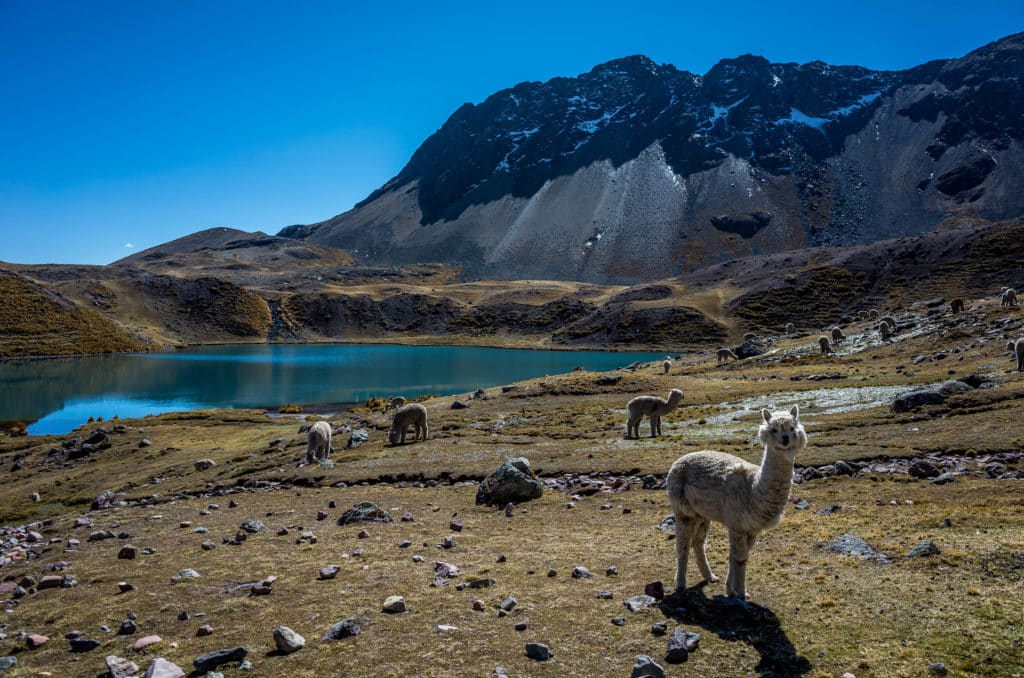
The Ausangate trail begins and ends in the village of Tinqui. The whole loop, which circumnavigates Mount Ausangate is about 70 kilometers in distance. Over the course of this distance, you generally will be hiking between 4.000 and 5.000 meters above sea level with some sections exceeding 5.000 m. The overall elevation gain for the trek is about 2.800 meters.
3. Required physicality and difficulty
Due to the high altitude at which this trek takes place, it is considered fairly difficult. The Ausangate trail is not appropriate for first time trekkers. However, if you are a strong walker and completed moderate treks before, you should be fine.
All participants should be in good shape before making this trek and should also arrive in Cusco a few days before they plan to begin in order to properly acclimatize. Many guided treks will include days for acclimatization at the beginning of the itinerary.
Weather conditions and acute mountain sickness are two things that all trekkers should be aware of before they begin. Weather conditions in the higher altitudes can change quickly and even in the dry season, storms are not uncommon.
Acute mountain sickness is also something that may affect you at the higher altitudes of this trek. A certified guide will be aware of this and build all the necessary precautions into any itinerary.
4. Accommodation along the way
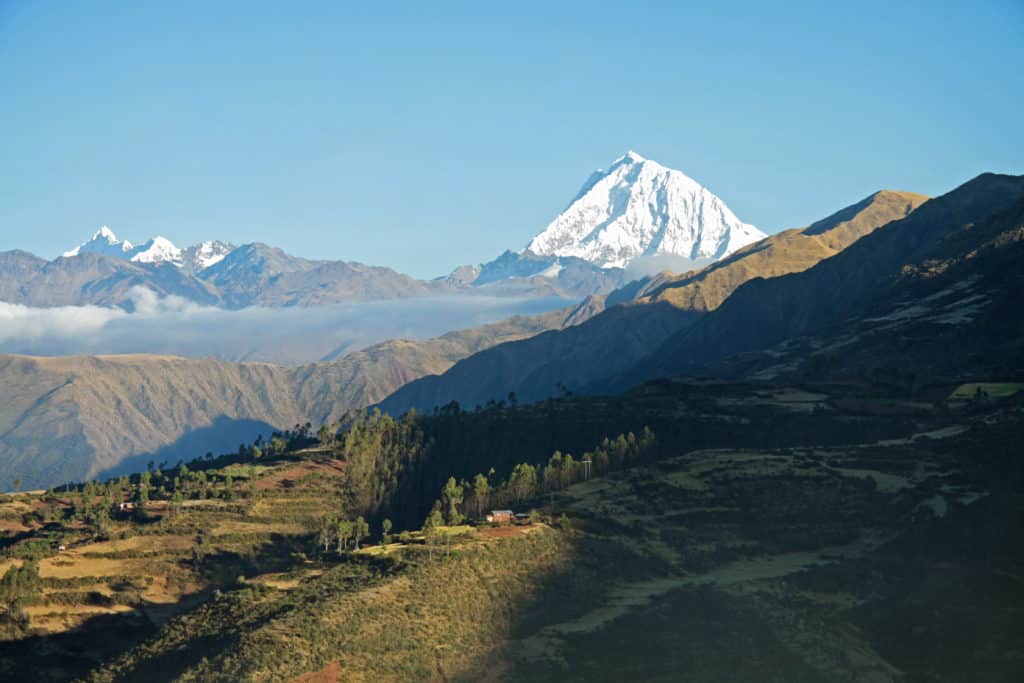
The most common practice for this trek is camping in tents along the way. However, some guides offer the trip as a hut-to-hut trek, allowing you to stay in basic lodges each night.
5. Best time to go and weather
The best time for this trek is during Peru’s dry season, which runs from May to September. Of these months, July and August generally have the warmest temperatures and best weather. The conditions are usually good enough in April and October too, but the nights will be much colder.
This trek is both long and remote, so even during peak months there should not be much traffic on the trails.
6. Equipment
Trekking poles
Sunscreen and insect repellent
Sunglasses and sun hat
Warm hat
Trekking pants
Waterproof jacket
Fleece jacket or windbreaker
Gloves
Hiking boots and socks
Backpack capable of carrying and distributing 15 kilograms of weight
Water bottle
Sleeping bag for up to -5°C and insulated sleeping mat
Headlamp and flashlight
Toiletries
Camera and extra batteries
High-energy snacks
7. Estimated costs
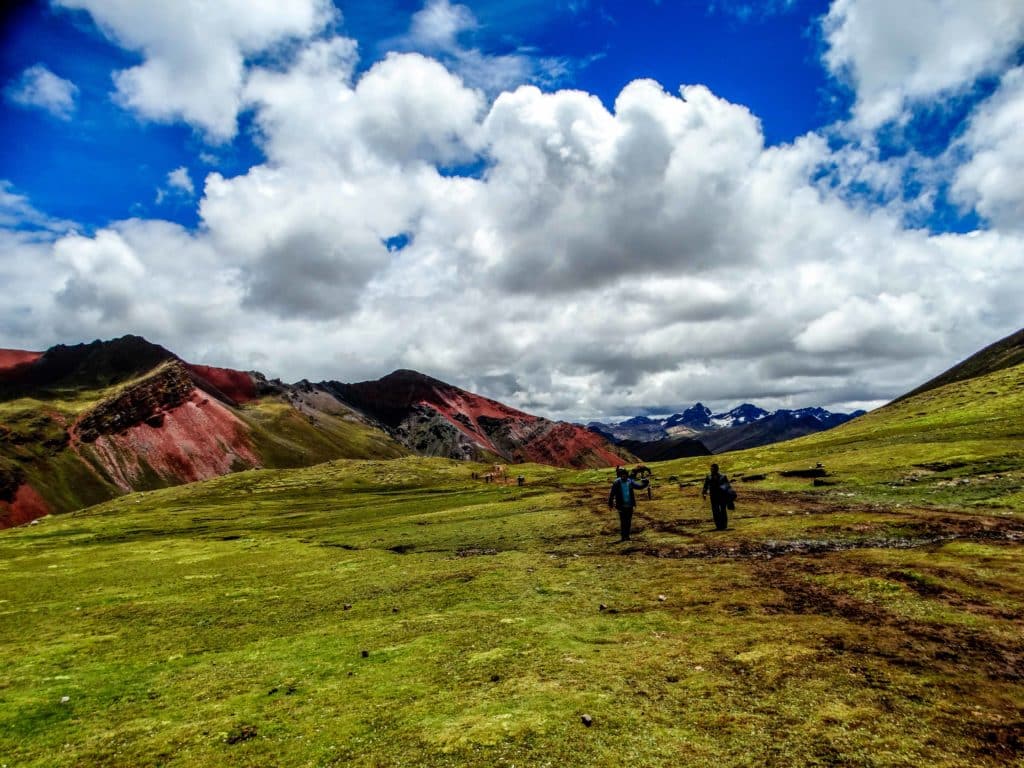
The estimated cost of the traditional, 1-week trek is about $600 USD per person. This is likely (but not guaranteed) to include guide fees, camping equipment, all meals during the trip, transportation to the beginning of the trip and luggage transfer during the trip.
It is likely NOT to include flights or accommodations before and after the trip.
8. What to do in the surrounding area
The region of Peru surrounding Cusco offers numerous activities for adventurers. For one, it is the base point for just about every guided tour of Machu Picchu. It is also right nearby the Salkantay trail, which is one of Peru’s other world-renowned trekking routes.
Here you can check all the different options for guided hiking trips starting from Cusco.
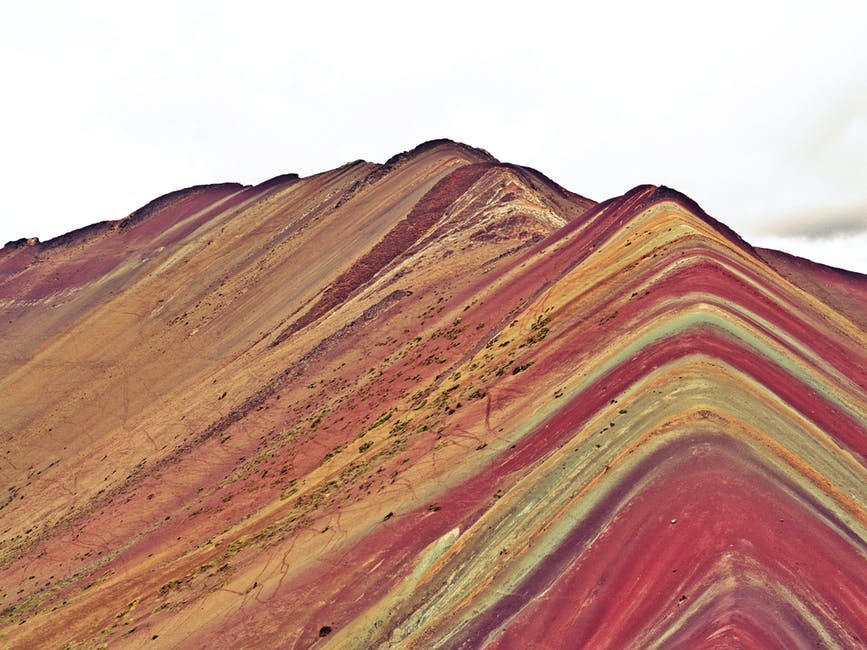
So what are you waiting for? Begin planning your adventure-of-a-lifetime, trekking along the Ausangate trail right now!
